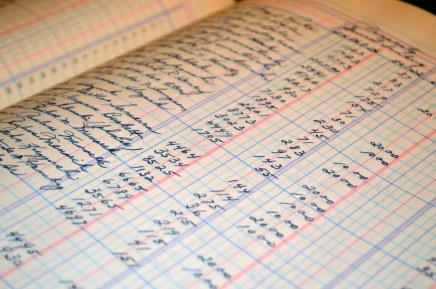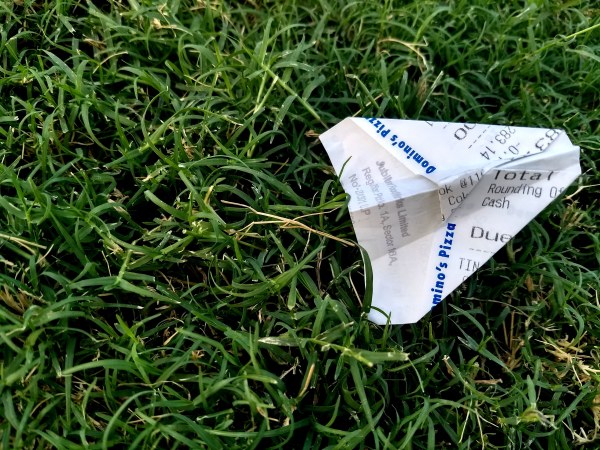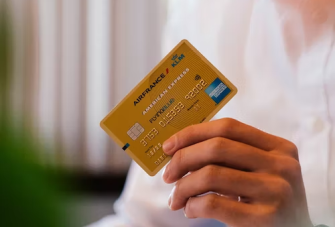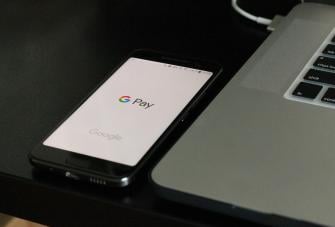Take Charge: How to Write an Invoice for Freelance Work
Although freelance work is completed for companies and clients, freelancers are actually considered to be self-employed. While being your own boss(ish) definitely does have its perks, one downside is having to manage the administrative aspects of your job, such as your pay.
 While freelancing, you have the responsibility of making sure your clients can pay you when work is completed. Since you aren’t on the company’s payroll, this is typically achieved through writing an invoice.
While freelancing, you have the responsibility of making sure your clients can pay you when work is completed. Since you aren’t on the company’s payroll, this is typically achieved through writing an invoice.
While invoices are often misconceived as glorified receipts, they’re actually composed of very specific information and require time to perfect - which might be the reason why incorrect invoices account for a large portion of late freelance payments.
Although composing these documents may seem like a trivial task, if you don’t present them properly and on time, you risk delaying your payment and even not getting paid at all.
Filling out your invoices inaccurately can also cause a significant backlog and become overwhelming, especially if you’re working on multiple projects.
To help, we’ve compiled a definitive guide to invoices, with all the information you might need to write one. No, you’re not hearing (in)voices, read below to start getting your freelance finances in order today.
What is an invoice?
With all this discussion about how necessary invoices are, it’s easy to lose sight of their primary definition.
An invoice is a document that freelancers send to their clients to request payment for the services they have provided. It includes an itemised summary of the work completed, as well as the number of hours/days worked and the associated costs.
While invoices have nothing to do with being quiet, your bank account will be screaming if they’re not completed correctly, so here are some features you need to include:
Your name and address:
If your client doesn’t know who they’re paying, you won’t get paid. Putting your name at the top of your invoice makes it easier for clients to identify your document when it comes to issuing payment.
Including your address isn’t just for contact purposes and can be necessary if you need to receive payment through the mail, e.g. cheques, or for verification purposes.
Invoice number/date:
If there’s one aspect of writing an invoice you should put your energy into, it’s generating an invoice number. Invoice numbers are a crucial part of invoicing, as they ensure your earnings are officially documented for tax and accounting purposes. It’s worth noting you could run into serious legal trouble if this is not featured.
Your invoice number should always be assigned sequentially. While you can select any combination, it helps to choose ‘0000001’ for the first invoice you send out. If you need to create a new invoice, you can then simply increment the invoice number by one (e.g. 0000002).
The invoice date is simply the date on which you issue the invoice to your client. Including this not only makes it easier for clients to access and file your information but can also save you time when trying to distinguish between various invoices.
Supply date(s):
Forgetting this date could see you getting stood up by your wages. You need to include the supply date(s) on your invoice to let your client know the period(s) of time over which your goods/services were provided.
Payment method:
Since there’s now such a wide range of payment options available for freelancers such as PayPalHere and Google Wallet, it’s important you clarify exactly how you want to be paid, to ensure a smooth invoicing process from start to finish.
Bank details:
If your client is sending you a payment, unsurprisingly, they’ll need somewhere to send it to. It’s not the client’s responsibility to compensate you for mistakes, so make sure you check that your details are correct to ensure that your payment actually reaches you.
Details of service provided:
Although you will have discussed what you’ll be doing with the client prior to completion of work, it’s essential this transaction is physically documented for ease and legality purposes.
Itemised services and cost breakdown:
The guts of your invoice - this is where you dissect the work you’ve completed, as well as how much it cost.
 It can be helpful to use freelance invoice templates that allow you to itemise your services and costs quickly and easily.
It can be helpful to use freelance invoice templates that allow you to itemise your services and costs quickly and easily.
For example, if you charged €100 for a logo design, you may want to list:
Logo design (service) @ €100
Stationery set (product) @ €50
Delivery & postage (service) @ €15
Total amount due:
Although the cost breakdown is already included, it’s important to input the total amount owed to you by the client, which can include elements of your work not categorised as goods/services, e.g. VAT costs.
Having one final cost also means organizing your payment is easier for the client, and as a result, makes them more inclined to prioritise your invoice and pay you on time.
Payment terms:
While it’s all good telling your client what they need to pay you, you can’t receive a penny unless you tell them how… that’s where payment terms come in. Invoice payment terms are a set of rules regarding how buyers/clients will make payments during the sale of goods or services.
The focal element of these conditions is the payment due date. Here, you are able to dictate exactly when you’d like to be paid, which could be anywhere from 30 days after the invoice is issued, to receiving partial pay in advance before work is complete - it really is payment on your terms.
You can also include information like conditions, e.g. discounts for early payments, fees/interest rates for late payments, and the currency you wish to be paid in.
It’s worth noting that if you don’t agree a specific payment date, the client has to pay you within 30 days of getting your invoice.
Contact information:
Including your contact details is standard invoice etiquette. They are essential for any correspondence that might need to occur with regard to your projects, payments and any other administrative issues that may arise.
Company name and business number (if applicable):
If you freelance under a small business/company name, this should be included on your invoice as well.
VAT number and amount (if applicable):
As a freelancer in the UK, you are required to charge 20% VAT on taxable supplies on top of your fees when invoicing a client. VAT (Value Added Tax) applies to selected goods and services – so some may be subject to lower VAT rates and some are VAT-exempt [1].
In order to charge your client VAT and file for these tax returns, you need a VAT number, which you can register easily for on HMRC. If you’re not nifty with numbers, not to worry, apps like Quickbooks can calculate your VAT for you.
 Invoices out
Invoices out
When you're ready to send an invoice, there are a few different ways to go about it, but emailing it as a PDF or Word doc seems to be the favoured choice.
If you want to be paid quickly or more consistently, you can use professional invoicing software such as Xero to send and create invoices online automatically.
Writing an invoice can seem like a daunting task, but it's really not that difficult once you get the hang of it. By following these simple tips, you'll be able to create clear, concise invoices so you can get paid in no time.
Let your invoices speak for themselves, with a reliable EPOS system
Financial management is a crucial part of surviving as a freelancer, but it doesn’t have to be complicated and stressful. By choosing the right financial software to assist your freelance career, you can turn your attention to your clients and multiple projects.
Let your electronic point of sale (EPOS) system handle things like bookkeeping and accounting tasks, while you select specific tools and insights on offer, to help you achieve your business goals.
With Epos Now, you can also:
- Create and send invoices using simple templates and a built-in VAT calculator
- Receive and pay ongoing invoices automatically
- Integrate with the business automation apps that are right for your business
Request a free call back from one of our experts today.




